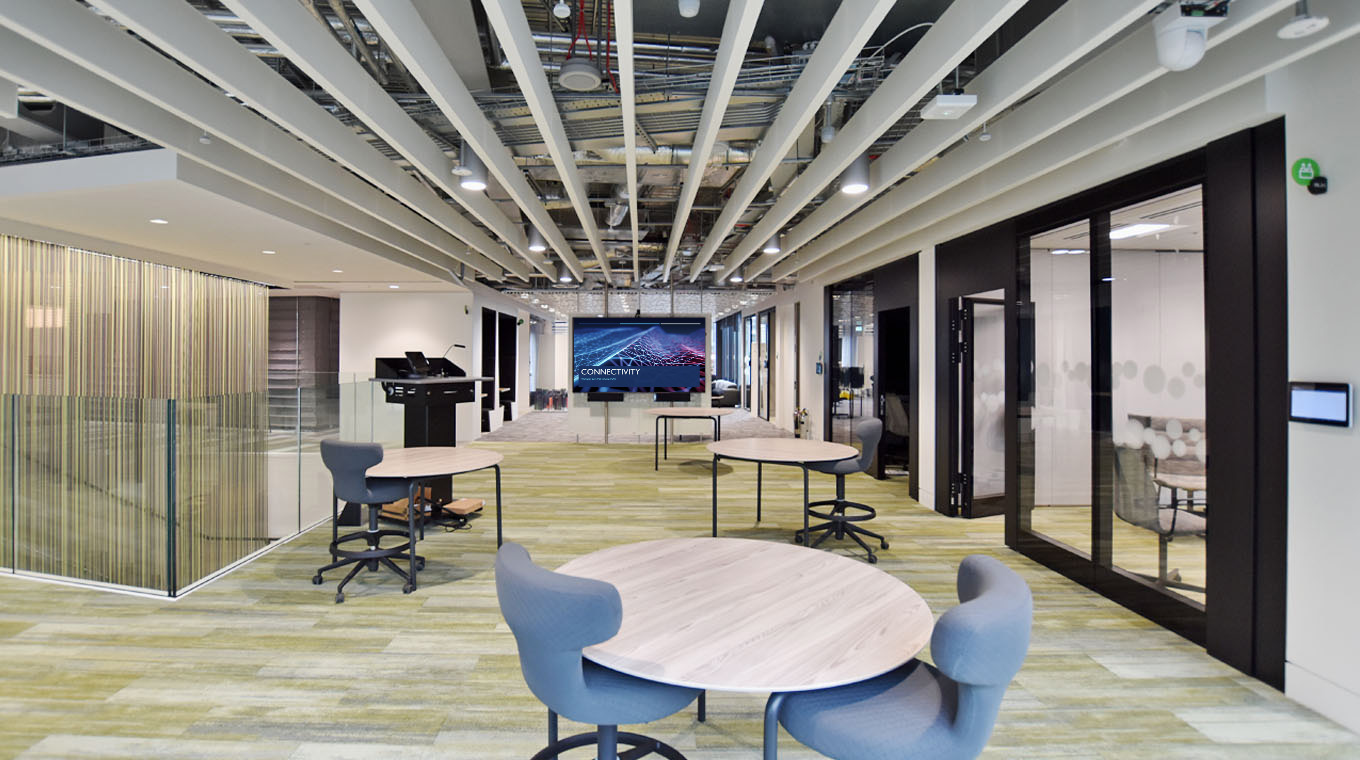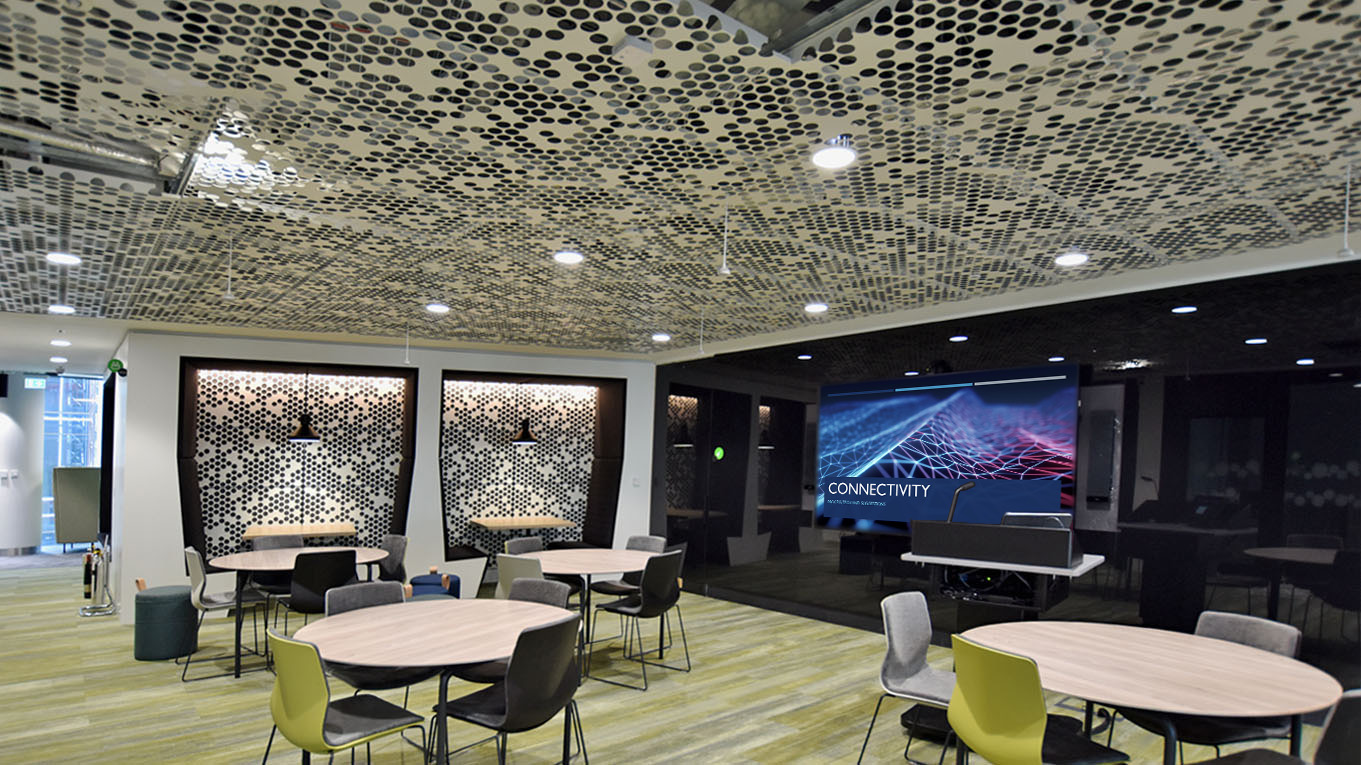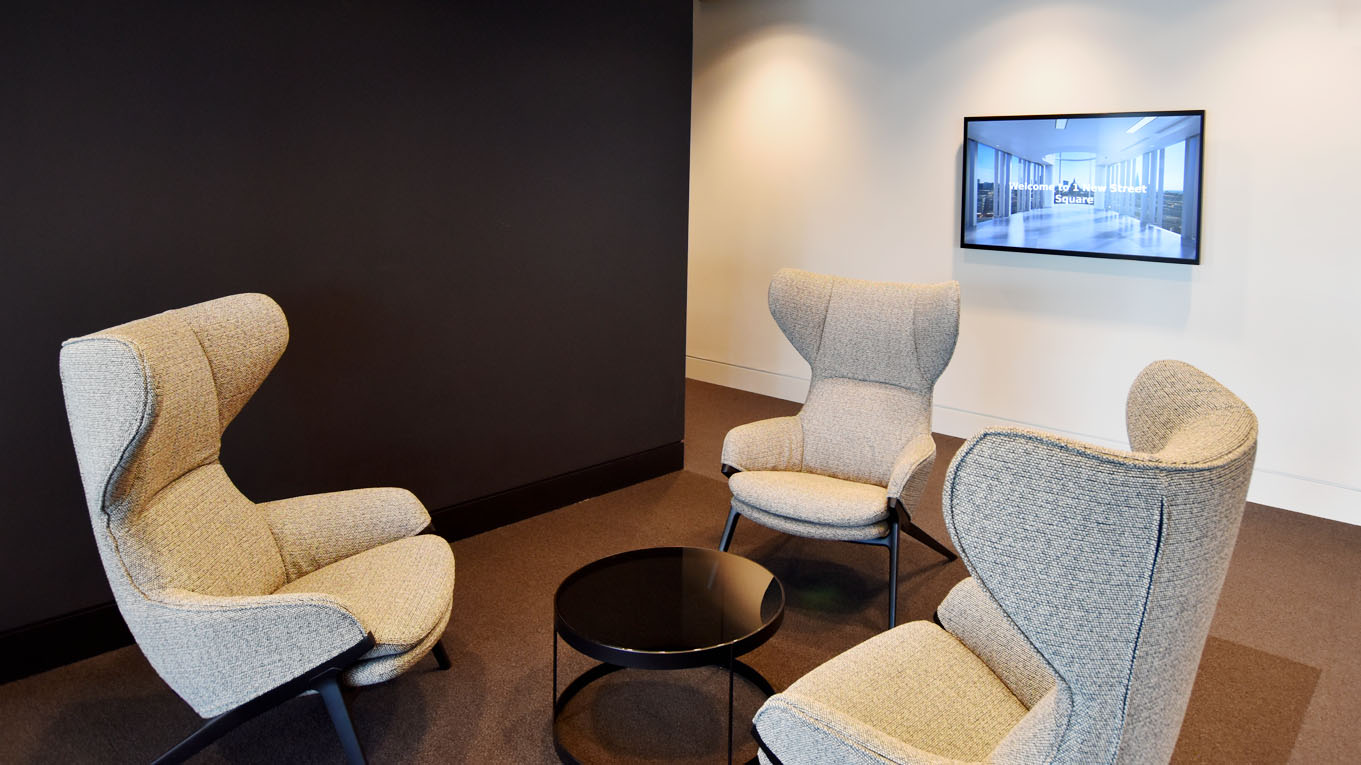
Smart Buildings
– What are they?
Smart buildings integrate advanced digital systems and automation to collect actionable data. This data is then used to optimise resource usage, improve efficiency, enhance security, deliver predictive maintenance and increase occupant health and comfort through better functionality.
The How – Smart Building Technology
To achieve this, smart buildings are equipped with a variety of modern and innovative technologies including:
1) Internet of Things (IoT) Sensors: These sensors collect data from various building systems such as lighting, HVAC and security. This data is then used to optimise resource usage, improve security and aid decision-making.
2) Building Technology Management System (BMS): A BMS centralizes control over building systems such as lighting control, climate control, window treatments, air quality and security. A BMS provides for real-time monitoring, automation and energy management. These help optimise resource allocation to reduce operational costs and provide a more comfortable and efficient environment for occupants.
3) Artificial Intelligence (AI): AI algorithms analyse data from sensors and BMS to optimize building operations. For example, AI can adjust temperature settings based on occupancy patterns or predict maintenance needs.
4) Augmented Reality (AR): AR can enhance building maintenance and repair tasks by overlaying digital information onto the physical environment. This means apps or AR glasses can be used to visualize equipment status or access repair instructions.
Top Benefits
-
Sustainability
The greenhouse gas resulting from buildings’ use currently accounts for around 28% of all global energy related carbon emissions. Smart building which use sensors to focus energy usage only where it’s needed, and reducing consumption in areas not in use even for specific times of the day. Adjusting energy usage, temperatures, lighting and indoor air quality helps buildings become flexible and reactive to demands for optimised comfort and efficiency.
-
Cost Saving
As well cost reduction through energy saving, insights derived from smart technology can lead to better business and building management decisions. These can have an impact on the bottom line such as identifying busy times to align more closely with clients and/or employee working patterns or which resources are least likely to be used. In addition, Smart technologies can continuously monitor and collect data from each system within a building and use sensors to identify potential weaknesses or faults. This proactive maintenance ensures any problems are dealt with quickly and at a far lower cost.
-
Productivity
Environments which are optimised for health and wellbeing reduce the number of sick days taken, promote concentration and improve both productivity and results. In fact, a recent study conducted by Frost & Sullivan showed decarbonization and enhancing occupant well-being are central to Smart Building trends.
-
Environmental Optimisation
Extreme temperatures aren’t healthy for staff or technology. Automation allows a building to respond to external weather conditions, ensuring the right temperature for the occupants and technology. With light, air conditioning and window shading adjusted automatically, both the occupants and the technology will function better.
-
Space Utilisation
When everything from parking spaces to desks and meeting rooms can be tracked, organised and allocated, occupants are able to access the resources they need more efficiently and effectively.
-
Enhanced security
Physical security is enhanced with the use of IoT technologies like security cameras and sensors. When these are integrated with control and security systems, potential intruders or threats can be detected and alarms issued to the relevant managers. Cyber security is paramount for Smart Buildings and is a priority for the sector. The ways this is enhanced is via secure protocols, encryption, governance, authentication, training and continuous assessment.
-
Increased building value
With all the benefits included above, investors, owners and even occupants will pay more for properties and assets equipped with smart building solutions.
For more information about Smart buildings and to speak to an expert, simply contact us. We offer free no-obligation consultations.
You can contact us here.




